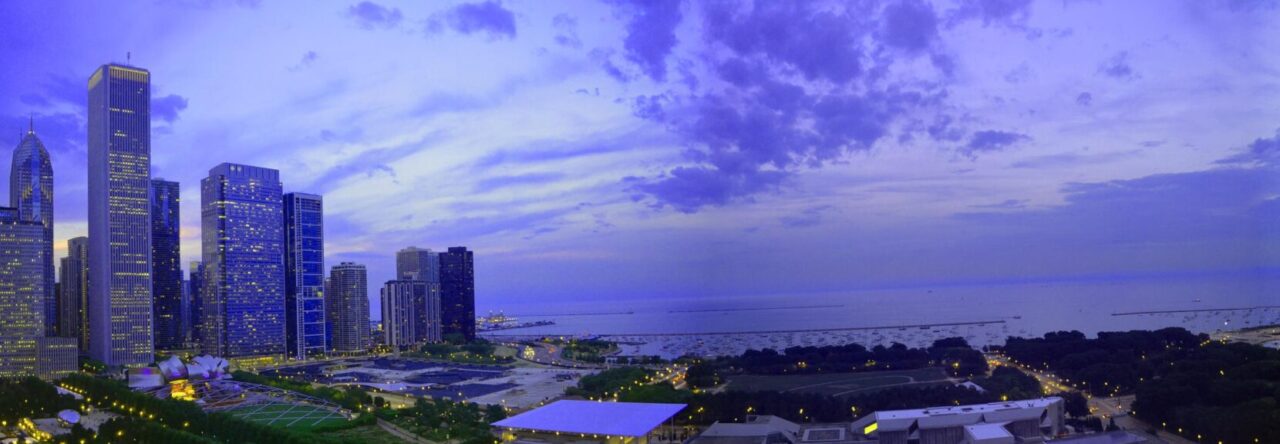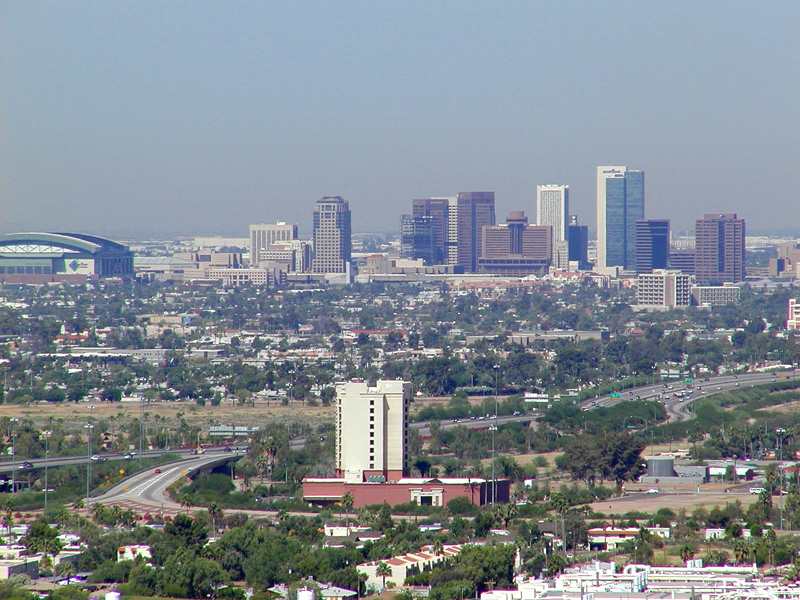We know who wins the battle – physically and generally as a matter of policy throughout the U.S.
I hesitate wading into this as it is not normally my area of expertise. Caveat: my professional focus is public transportation. And yet, I feel the need to weigh in because there has been some very good writing done recently on bike laws and infrastructure and I have my own recent personal and professional experience to bear.
I’ll start off by saying that I am an occasional bike rider who commutes mostly to work, to pick up the kids from school and other local trips. I also live in Chicago – a city known for its traffic as well as its aggressive expansion of bike infrastructure recently.
My neighborhood, Jefferson Park, has been in the middle of a fairly dramatic fight over a complete streets proposal for Milwaukee Avenue, one of the major road arteries through Chicago’s northwest side. Ostensibly, the proposal follows the City of Chicago’s Complete Streets guidelines which state clearly that:
The safety and convenience of all users of the transportation system including pedestrians, bicyclists, transit users, freight, and motor vehicle drivers shall be accommodated and balanced in all types of transportation and development projects and through all phases of a project so that even the most vulnerable – children, elderly, and persons with disabilities – can travel safely within the public right-of-way.
To adhere to this policy a pedestrian-first modal hierarchy of road users has been developed in which “all transportation projects and programs, from scoping to maintenance, will favor pedestrians first, then transit riders, cyclists, and automobiles.”
So why am I focused on the bottom two modes in the hierarchy? Because this is where much of the fighting over street use takes place.
In Jefferson Park, the complete streets proposal is to reallocate space on a 5-lane arterial road which sees annual average daily traffic counts between 15,000 and 19,000 vehicles. One potential idea is to reallocate space from this:
to this:
Of course, the road diet cross-section does not show blocks where parallel parking will still be allowed nor does it show the potential for street bump-outs, pedestrian refuge islands, transit lanes, and other features of complete streets, all of which are being examined.
So you might imagine the public anger that has erupted from seeing such a proposal. Because traffic actually moves well (really!) in this corridor, people don’t want to change its existing conditions – which also include gross violations (due to engineering design) of the speed limit, typically in excess of 1.5 times the posted 30 MPH limit or the fact that there have been 1,000 vehicle crashes in this mile long corridor over the past 5 (five!) years alone. Clearly the road is working well. So the road diet brings the accusation that the City will “take” space for cars and “give” it to bicycles (which have an existing painted 5-foot lane). This is what is truly unacceptable to many people (drivers) because roads are for cars, right?
Which brings me back to the fight over street space and bicycle use of that space. Vox.com recently wrote about why cyclists should legally be allowed to roll through stop signs and red lights (which is illegal in Illinois as in many other states but also which is commonly ignored by both police and bicyclists). I won’t get into the physics about why bicyclists do this only to note that it pisses car drivers off to no end who want to see enforcement of the law (like speed enforcement, right). But, as Charles Marohn of Strong Towns, who has provided me with significant insights on urban planning, has stated:
Stop signs weren’t designed for cyclists. In fact, very little of our built environment was designed with cyclists in mind. What we have done – as I pointed out way back with the video on the diverging diamond – is developed a tolerance for cyclists, and that only with some heroic effort. Engineers now generally accept cyclists and have even created checklists to help us accommodate them – at least the skilled ones – at a minimal level in our current transportation system. Tolerating cyclists, and sometimes even attempting to accommodate them, is a far cry from designing systems based on their needs.
…
We need to rethink our urban areas. They need to be redesigned around a new set of values, one that doesn’t seek to accommodate bikers and pedestrians within an auto-dominated environment but instead does the opposite: accommodates automobiles in an environment dominated by people. It is people that create value. It is people that build wealth. It is in prioritizing their needs – whether on foot, on a bike or in a wheelchair – that we will begin to change the financial health of our cities and truly make them strong towns.
So my response to my neighbors in Jefferson Park is that as long as we continue to design Milwaukee Avenue for the benefit of drivers, our community will always lose. We will not get the economic development we seek, for who wants to walk down a 5-lane arterial road with cars blasting through at 45 MPH? And our bicyclists, along with our pedestrians and transit riders will lose.





